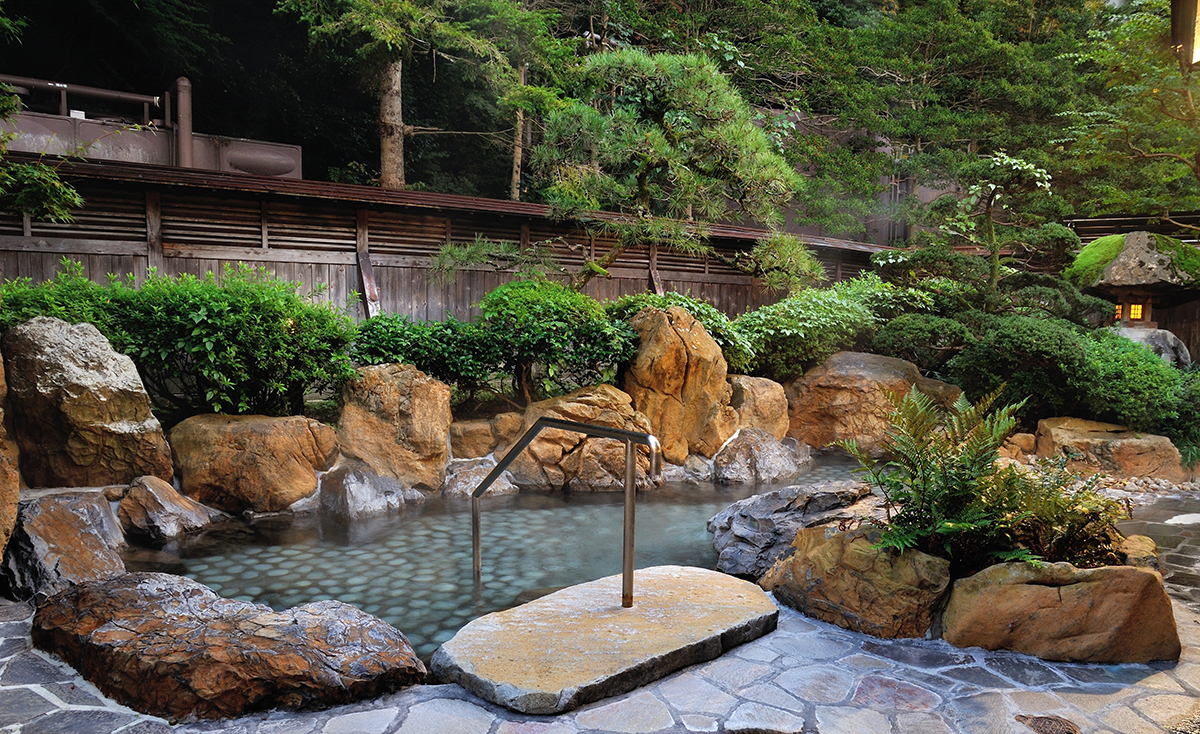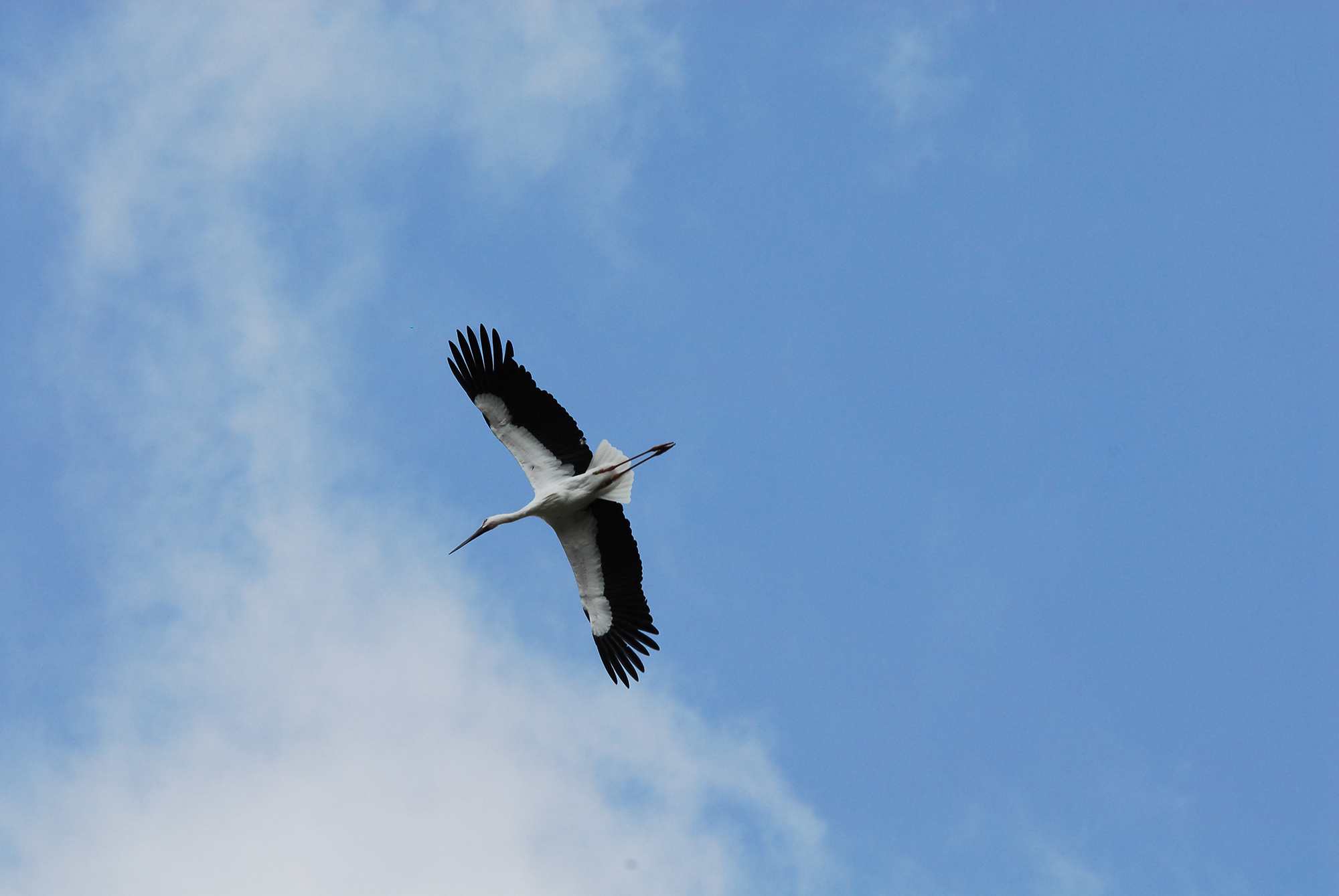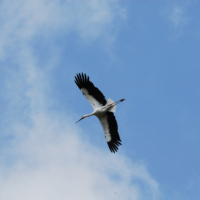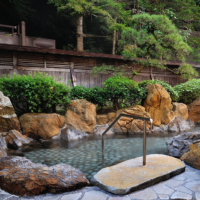The hot spring town of Kinosaki Onsen in Toyooka, Hyogo Prefecture, has made leaps and bounds in recent years as a destination of choice for international visitors to Japan, jumping to the top of many a traveler’s itinerary due to its seven tattoo-friendly hot springs.
Oftentimes the charms of Kinosaki Onsen begin and end with a pilgrimage to all seven of the mystic onsen (hot springs) dotting the scenic town. While these sacred baths have cradled a millennium-long heritage of natural healing therapy for their patrons, a further look into Kinosaki Onsen’s history beyond the steaming oases reveals more to the observant eye — a moving tale of loss, triumph and everlasting friendship. The story stars the townspeople and one of Japan’s national natural treasures, the Oriental white stork.

Beloved as birds of happiness and good luck, the Oriental white stork once thrived in abundance throughout Japan until the onset of World War II. In a race against the odds to increase food production for a starving population, farmers throughout Japan increased pesticide and fertilizer usage. As this became the new normal after the war, ecosystems and species suffered lasting damage, and Japan’s birds of good luck were no exception. As pesticides and fertilizers polluted the nation’s rice fields — the stork’s usual feeding grounds — the final blow was struck in Toyooka in 1971, when the last wild Oriental white stork disappeared from the skies of Japan.
The residents were heartbroken, and amid their sorrow, a promise was made — the residents of both Toyooka and Kinosaki Onsen would make it their unwavering mission to revive the species and bring the birds back to the wild. After years of efforts from a trial-and-error breeding program using captive storks, a chick at last hatched in 1989, and the first storks to return to the wild were released in 2005. Today, their numbers continue to grow — over 300 Oriental white storks now spread their wings above Toyooka and Kinosaki Onsen, delivering happiness and luck to residents and visitors below.
En in Toyooka: Journey to discover the stories of the storks
In Japanese, en holds a plethora of meanings, ranging from simple descriptions like “round” to more abstract concepts such as the cyclical relationships forged between living creatures. The En tour (En in Toyooka) welcomes visitors to join the Oriental white stork on a journey of inner healing and self-discovery through activities such as mindfulness meditation, bird-watching and unique organic culinary experiences.
As a 2021 Green Destination, Toyooka invites people to rediscover themselves in the town of Oriental white storks, Japan’s treasured birds of happiness and good luck.
For more information, visit;
Facebook: https://www.
Instagram: http://instagram.





